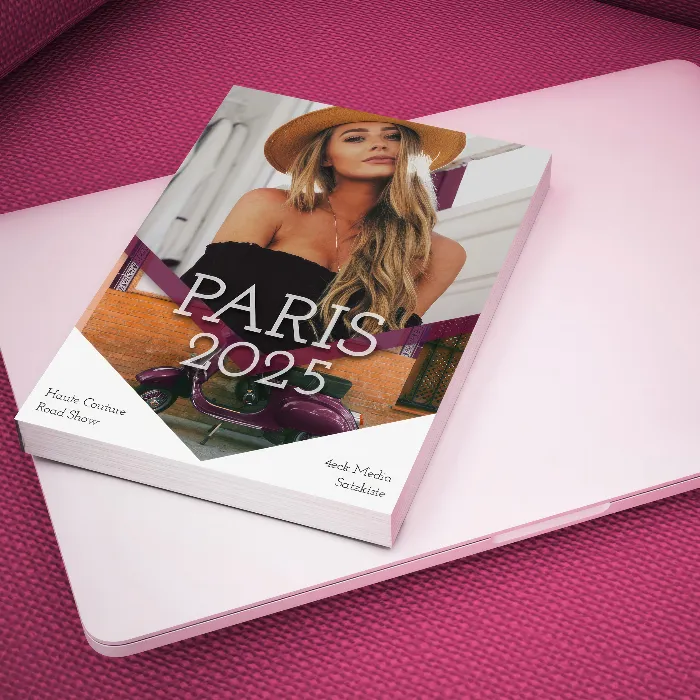Working with tables in Adobe InDesign can be a complex task, but it is greatly simplified if you set up your formats correctly from the start. By systematically creating table and cell styles, you not only save time when creating and editing tables but also ensure consistent formatting in your documents. This guide shows you how to create and apply effective table styles.
Key insights
- Table and cell styles in InDesign greatly simplify formatting.
- Presets for colors, spacing, and fonts can be managed centrally.
- A well-thought-out structure reduces future effort when making changes.
Step-by-step guide
First, it is important to open the panels for table styles and cell styles. To do this, access the corresponding options in InDesign. You can already see some styles here that you can use.
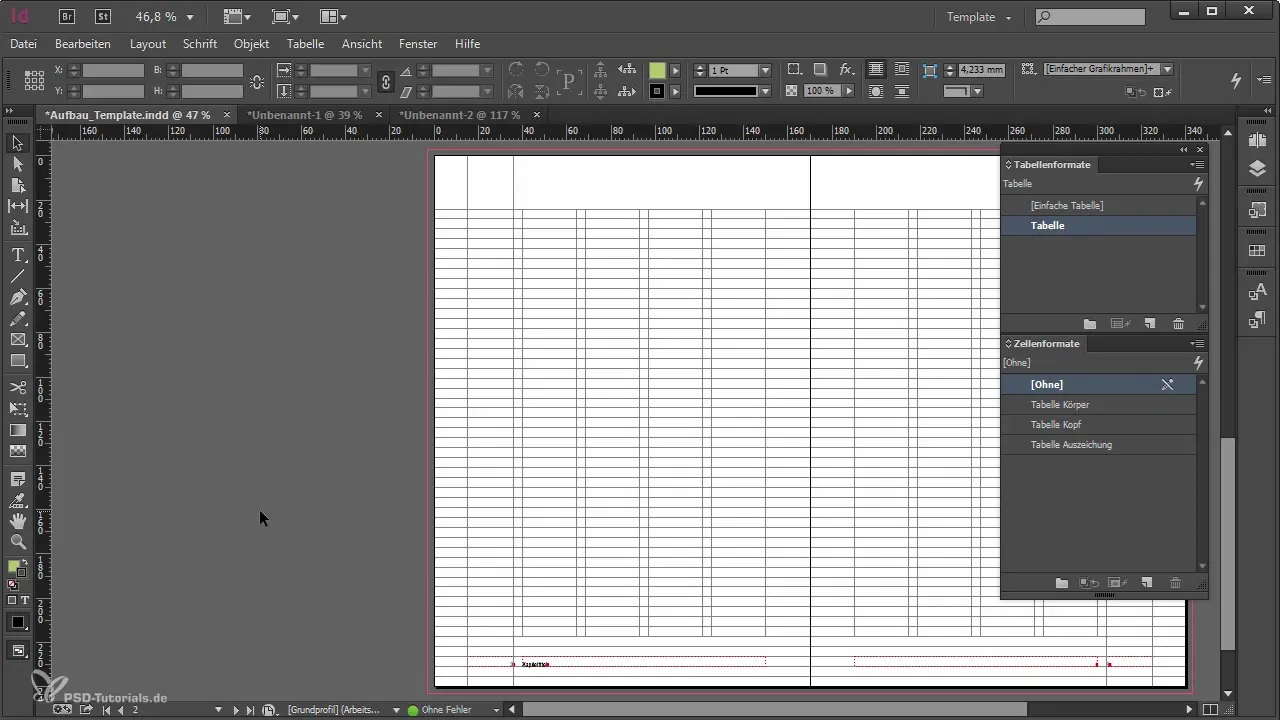
To create a table, you first need a text frame. Draw a text frame and then go to “Table” and select “Insert Table.” In the dialog, you can specify the number of rows and columns. In this example, we will insert a simple table with four rows and four columns.
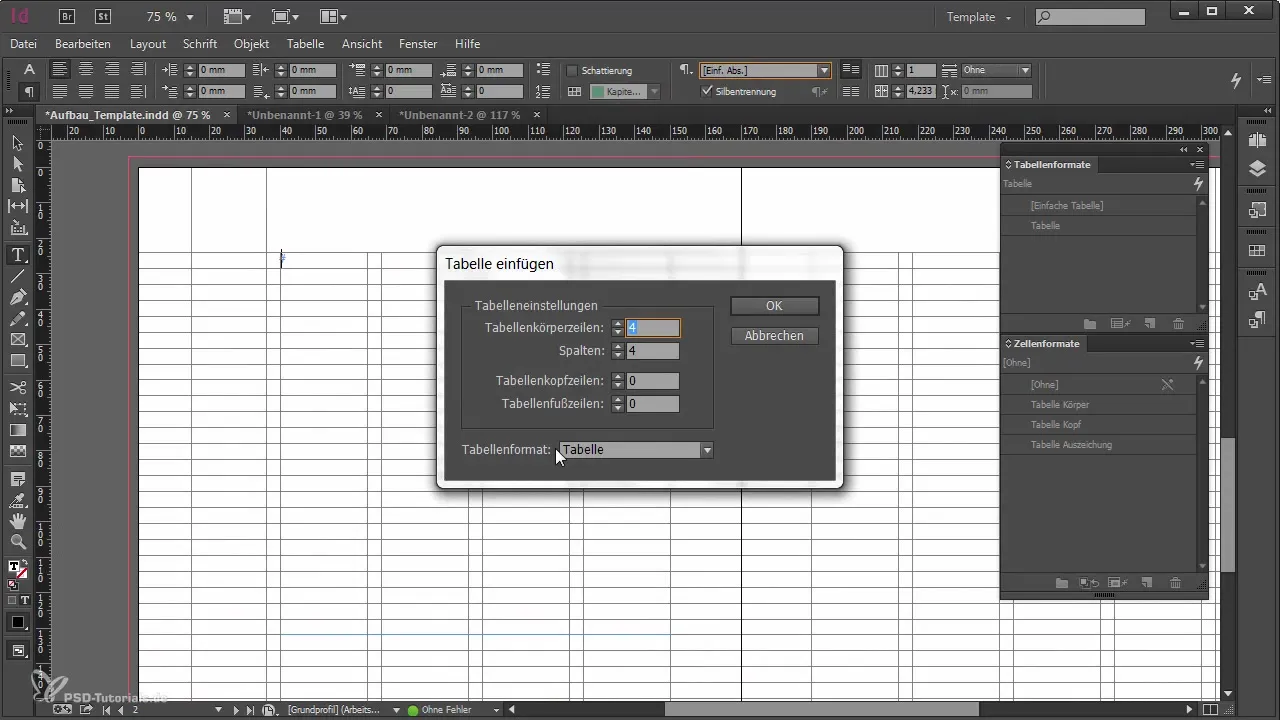
After inserting the table, it appears unformatted at first. The appearance is not particularly appealing, as the black border surrounds all cells and there is no fill color present.
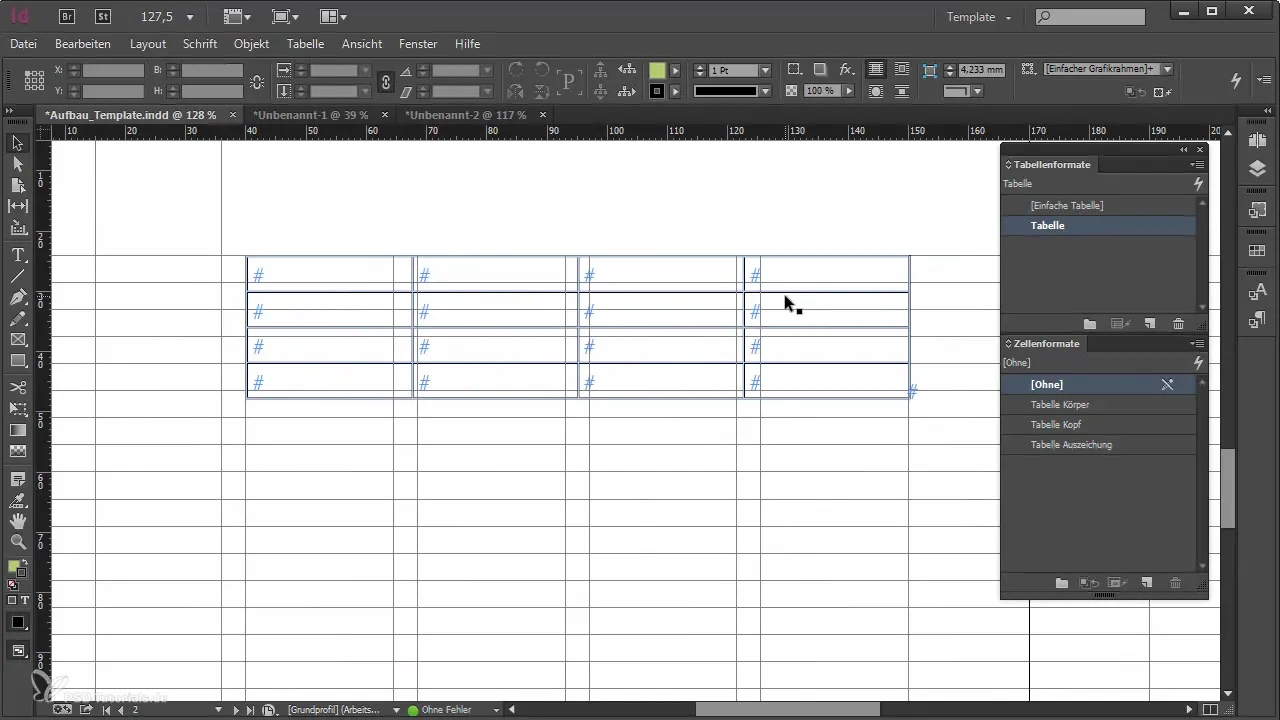
A simple click on the table style immediately changes the appearance of the table. It receives a background color as well as outlines that you defined in the style settings. The table border disappears if you have set it up this way.
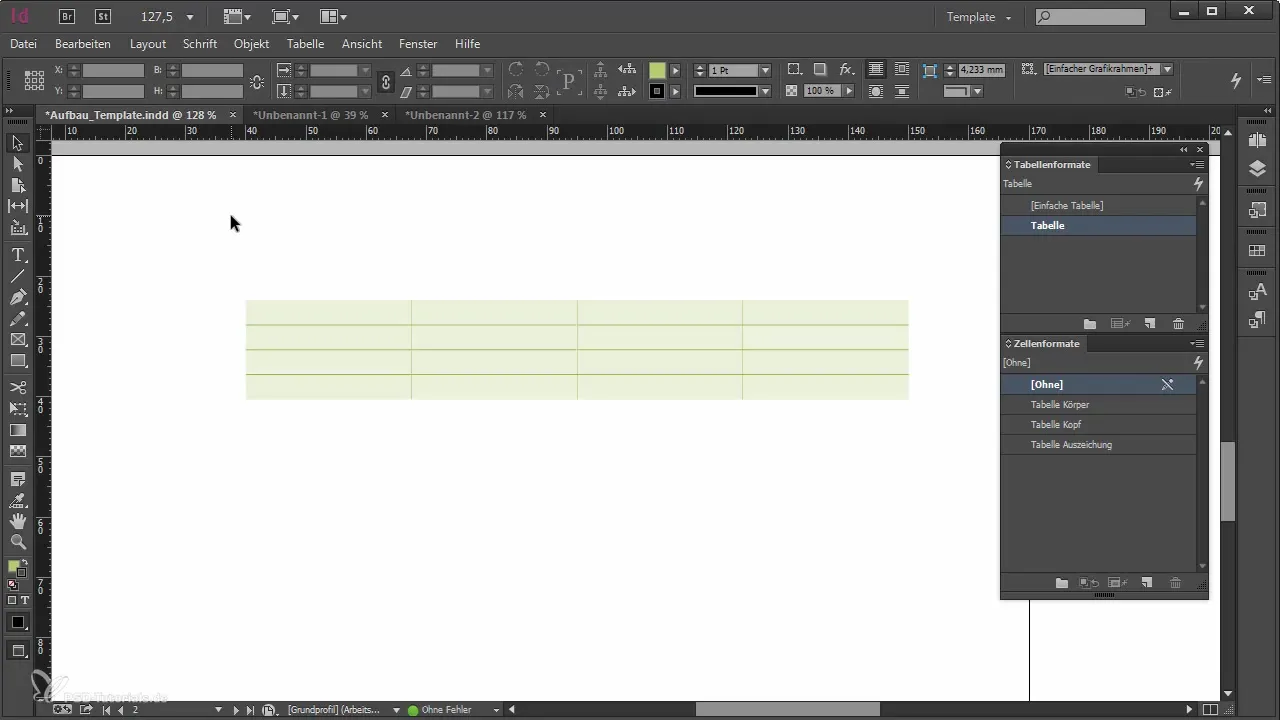
The style settings are crucial for the appearance and structure of your table. Here you can specify which cell styles are applied automatically. For example, you could define that the header row is formatted with the style “Table Header,” while the main part of the table uses the style “Table Body.”
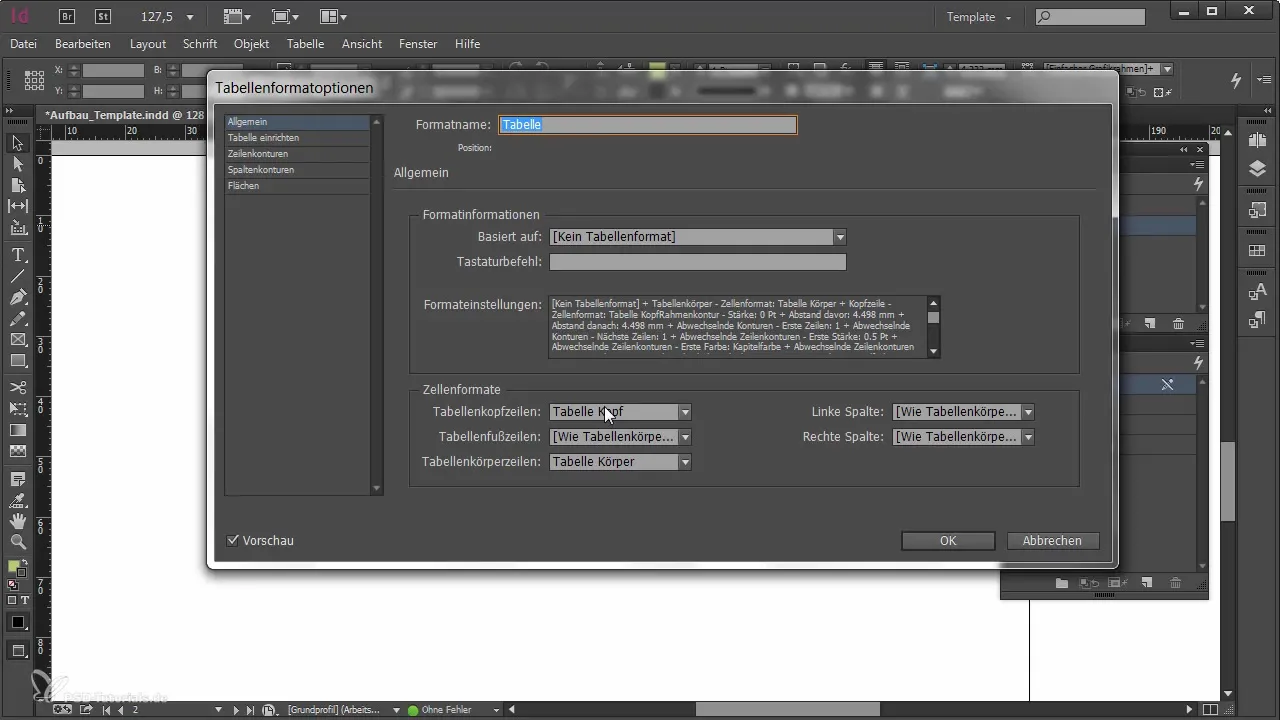
Now take a closer look at the cell style “Table Body.” In these settings, you can specify that the text is offset by 1 mm from the edge of the cell border. Since cell styles themselves do not define outlines or fill colors, you need to specify these in the table style.
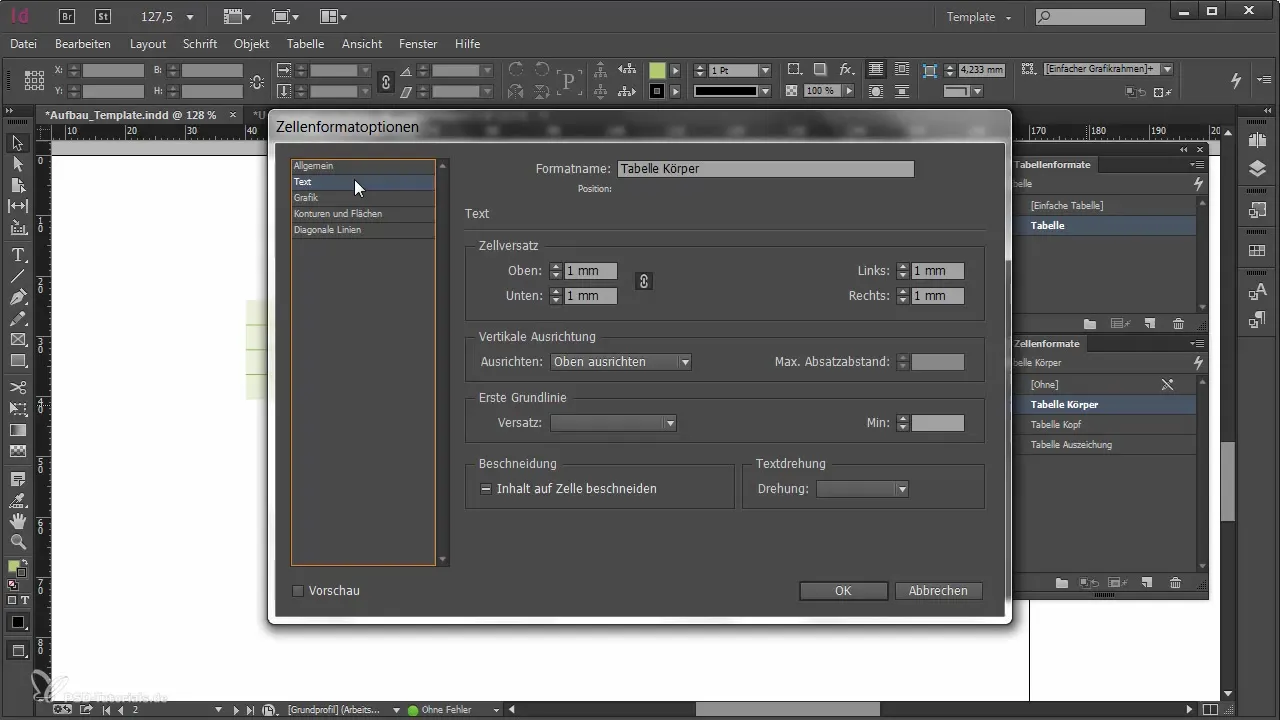
Cell styles are not intended to determine the entire closed format of a cell. You have the option to define both alternating patterns and specific outline formats for your tables, but you don’t have to worry about designing each cell outline differently.
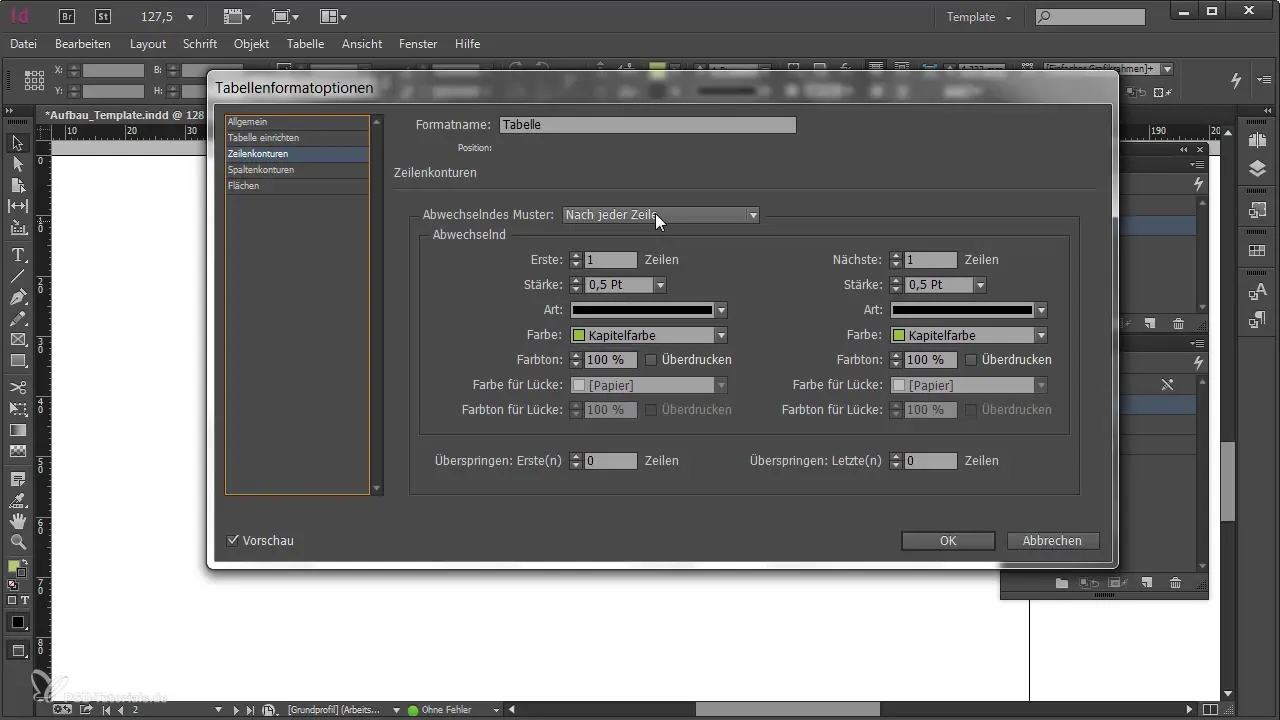
If you want to create a table without an outer border, go to the table style settings and set the table border to zero. This keeps your inner format intact while the outer edges of the table disappear.
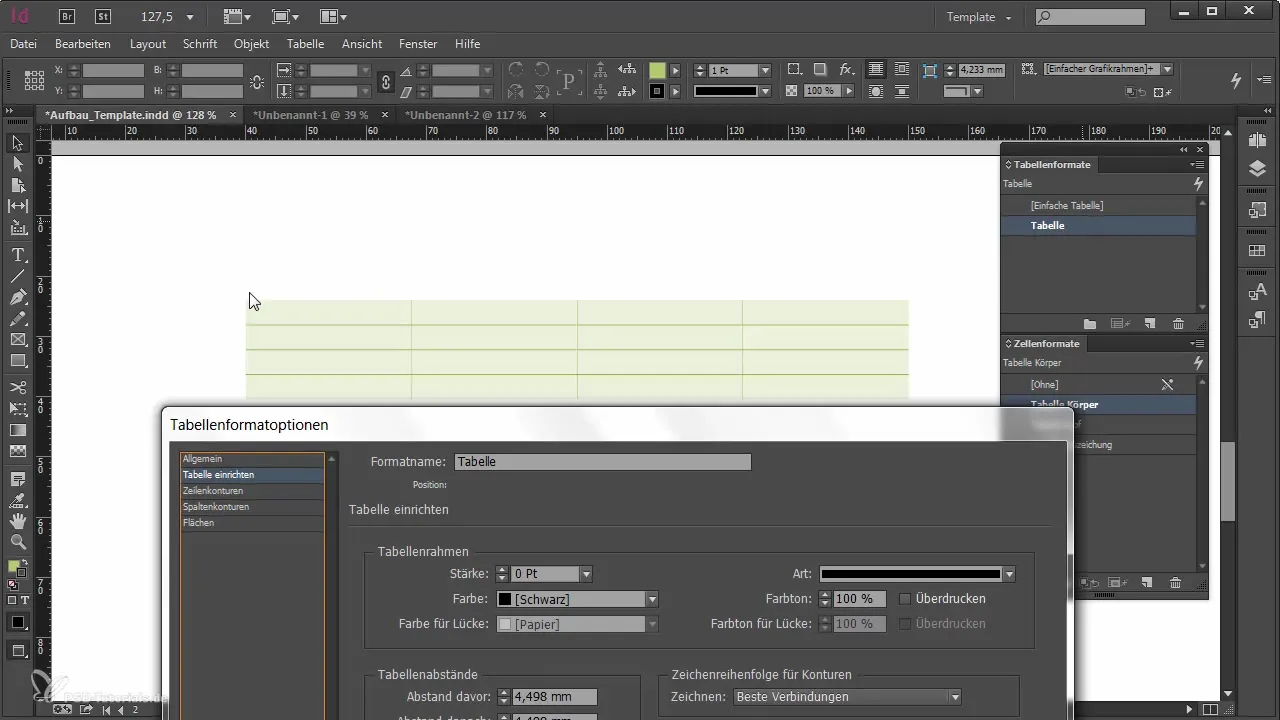
Note that the formatting within the cells and the clip arts you apply may override cell formats that are specifically defined. Therefore, it is important not to define intended properties in your cell style that you want to specify elsewhere in the table style.
Another important aspect is the spacing of the table to surrounding text. You should ensure that the spacing is not randomly set to a standard value so that the table integrates well into the text frame. Optimize the spacing if necessary.
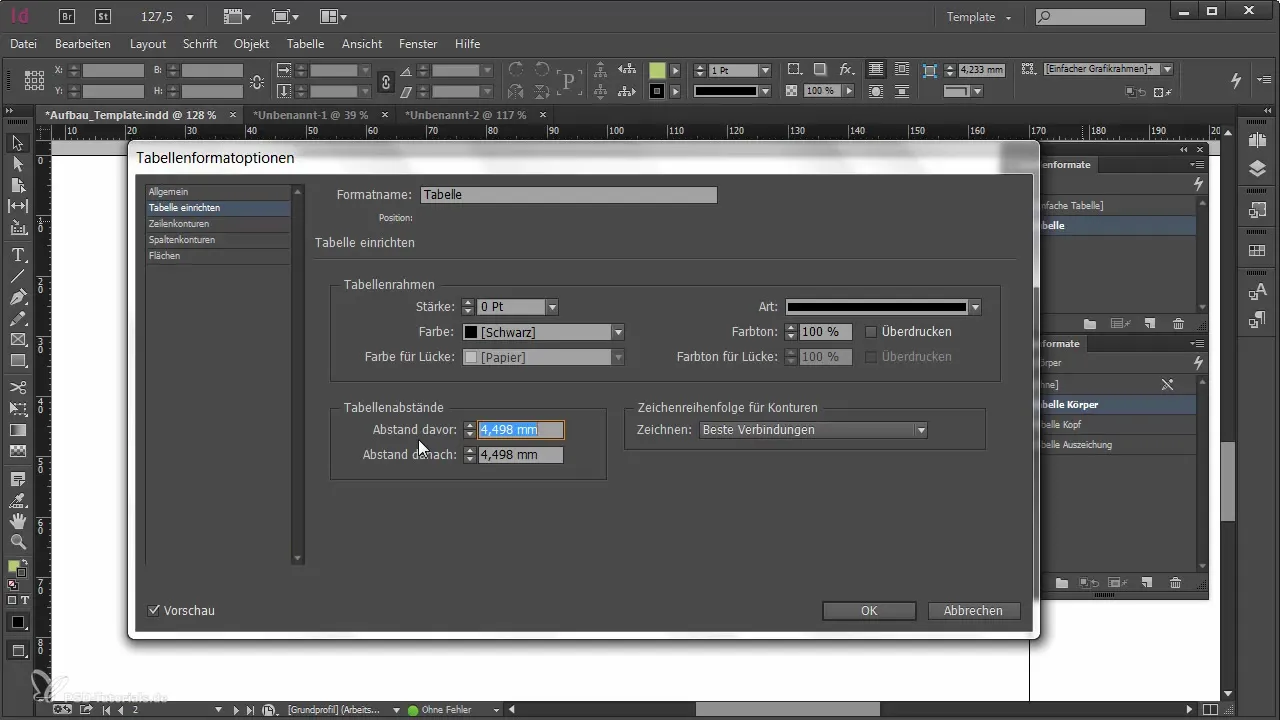
The first row of a table is not automatically considered a header. You can manually convert the first row into a header, which will adjust the formatting of the header. To do this, go to the “Table” menu and select the option “Convert Rows to Header.” Afterwards, the formatting from your header design will be applied.
The basic formatting for colors, borders, and spacing can be controlled centrally through the table style. Any exceptions or special formatting required for specific cells can be defined through the cell style.
By combining a well-thought-out table style with well-defined cell styles, you can make your work much more efficient. For instance, you can also apply a specific paragraph style to the text in a cell to set a consistent font and size.
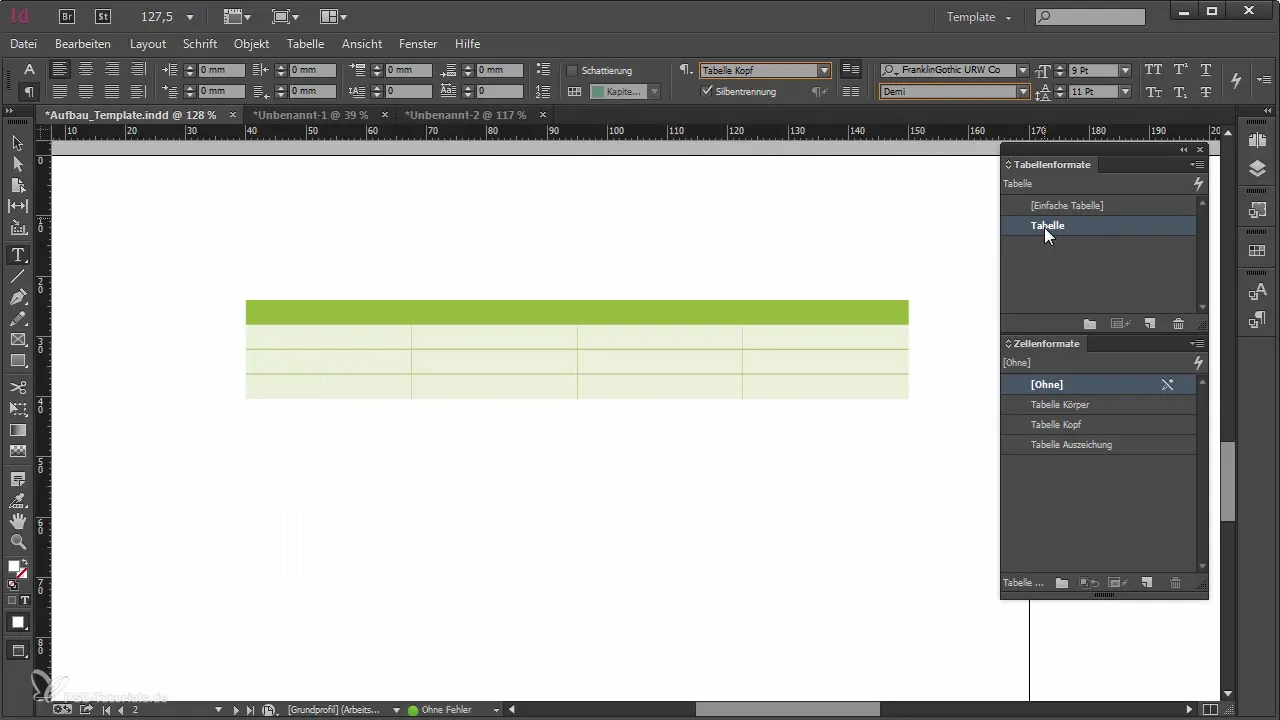
Finally, it is important that you select the appropriate table style before creating the table. By doing this, the formatting of the new table will be applied directly, saving you time and effort.
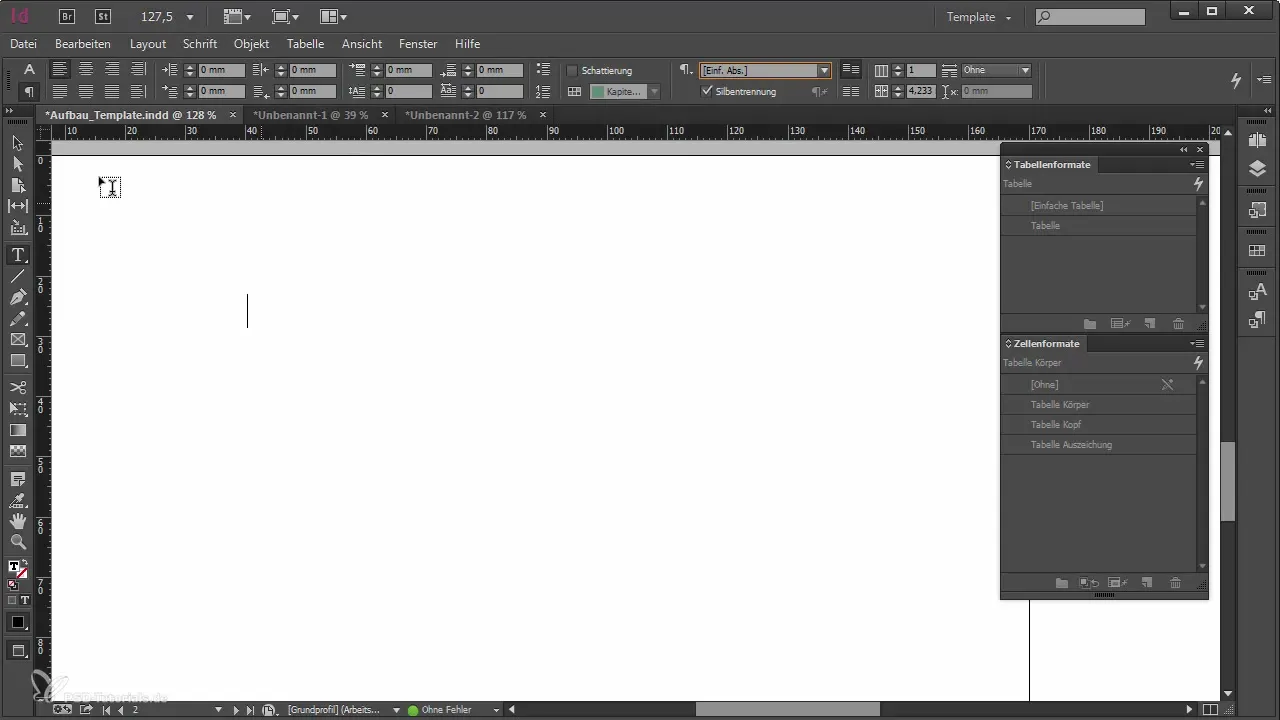
Summary
With this guide, you now have a clear overview of how to efficiently create and apply table and cell styles in Adobe InDesign. A well-structured approach not only ensures an appealing design for your tables but also greatly simplifies management and adjustments.
Frequently Asked Questions
How do I insert a table in InDesign?Select the text frame, go to “Table,” and click “Insert Table” to specify the desired number of rows and columns.
How can I change the appearance of my table?Use table styles to define colors and borders for the entire table and cell styles for specific cell properties.
What happens when I create a cell style?Cell styles influence the specific appearance of cells and allow you to set properties such as spacing and text formatting.
Can I set the first row as a header?Yes, you can later convert the first row by defining it as a header in the “Table” menu.
Why does my table border remain after formatting?If cell styles define border and fill colors, they may override the settings of the table style. Be careful not to use conflicting formatting.
